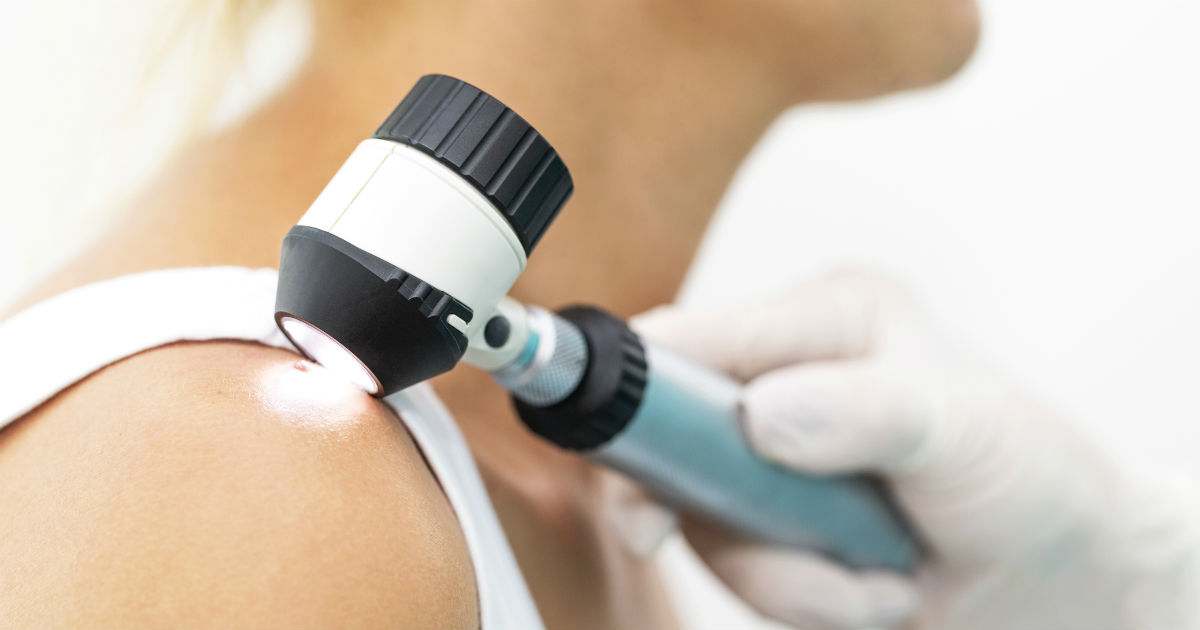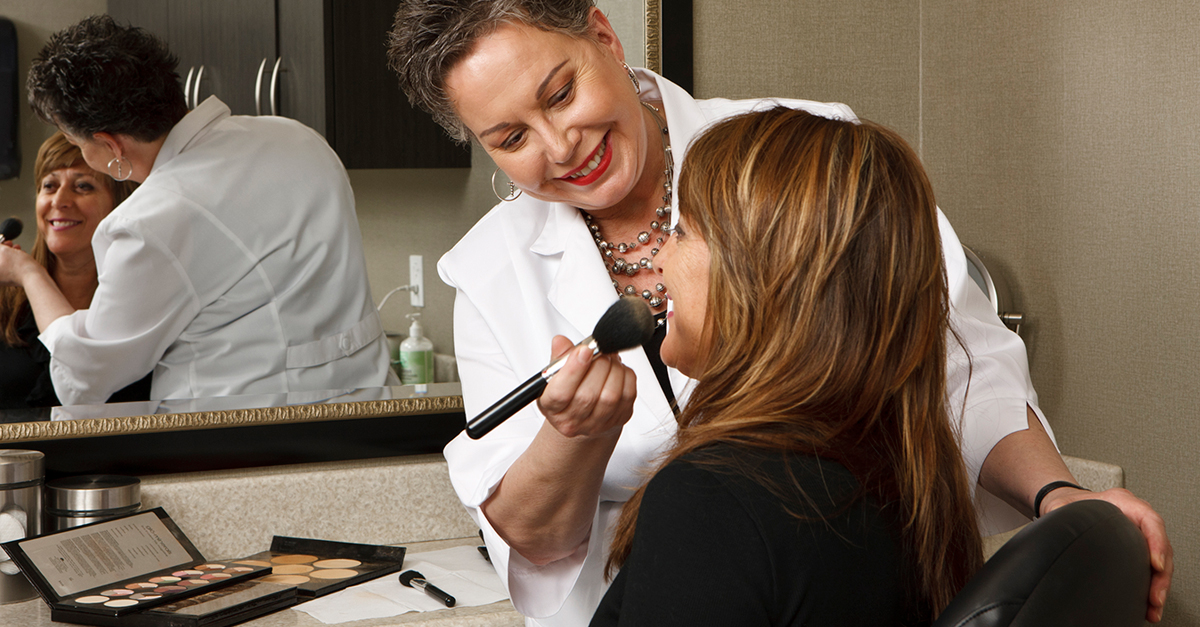
You may be eager to get outside this summer, especially after the spring lockdowns and quarantines imposed during the COVID-19 pandemic. Along with wearing masks, washing hands and practicing social distancing to protect yourself from the virus, it’s also important to protect yourself from the summer sun. Exposure to ultraviolet (UV) radiation is the primary cause of cell damage that may lead to skin cancer, including melanoma, its most aggressive form.
Most of the UV light that reaches the Earth is UVA, the long-wave ultraviolet rays that penetrate the skin more deeply than UVB (short-wave) rays. These strong rays can reach deep into the skin’s outer layer, where melanocytes are located. Melanocytes contain a pigment called melanin, which darkens the skin when it’s exposed to UV radiation. When these cells are damaged, melanoma may develop.
Below are some common questions and answers about melanoma, its symptoms, prevention and risk factors.
What causes melanoma?
Melanoma develops when damaged melanocyte cells grow uncontrollably.
Melanocytes are found mostly along the bottom of the epidermis, the outer layer of skin. Melanocytes absorb UV light, protecting the skin from burning and blocking UV light from penetrating more deeply into the skin and to internal organs. Overexposure to UV light may not only burn the skin, but damage melanocytes, causing cellular mutations that make the cells grow uncontrollably and, sometimes, travel to other parts of the body.
Melanoma accounts for about 2 percent of the more than 3.5 million cases of skin cancer diagnosed each year, but it is responsible for most skin cancer deaths. Calculated separately, melanoma is the fifth most common type of cancer, accounting for more than 85,000 new cases a year, according to the National Cancer Institute.
What are the signs and symptoms of melanoma?
It may be difficult to tell if a spot or growth on the skin is a mole, a benign growth, non-melanoma skin cancer or melanoma. Like most skin cancers, melanoma may appear as a dark, painless spot or sore on the skin. The spot may change shape and color and bleed as it develops.
Unlike most skin cancers, melanoma may develop on parts of the body not normally exposed to the sun, such as the groin, armpits or bottoms of the feet. Rare cases of melanoma may also be found in the eye. About 2,500 cases of ocular melanoma are diagnosed each year.
The Skin Cancer Foundation provides a step-by-step guide to help you conduct a self-examination. Experts recommend that suspicious or fast-growing spots be checked by a doctor.
How can I tell the difference between melanoma and other forms of skin cancer?
The ABCDE method may help you determine if an abnormal growth on your skin may be melanoma.
Asymmetry: The mole has an irregular shape.
Border: The edge is not smooth, but irregular or notched.
Color: The mole has uneven shading or dark spots.
Diameter: The spot is larger than the size of a pencil eraser.
Evolving (or Elevation): The spot is changing in size, shape or texture.
The only way to be sure if a mole is melanoma is to have it examined by a doctor.
Can I reduce my risk of getting melanoma?
One important way to reduce your risk of skin cancer and melanoma is to avoid sun exposure when possible and/or protect yourself from damaging rays. Consider following these tips:
- Avoid the sun whenever possible between the hours of 10 a.m. and 4 p.m., when damaging ultraviolet light is typically at its strongest. Seek shade if you must be outside.
- Shield yourself from the sun with a wide-brimmed hat, long sleeves and long pants. Wear UV-blocking sunglasses to reduce your risk of eye damage.
- Apply sunscreen liberally. Use a broad-spectrum product that protects against UVA and UVB rays. Make sure it has a sun protection factor (SPF) of 30 or higher. Re-apply sunscreen every two hours, or more if you are swimming or sweating. And use sunscreen at other times of the year, not just in the summer. The skin can burn when exposed to the sun, no matter the season.
- Sunscreen isn’t the only product that has an SPF rating. Look for an SPF number on labels for beach umbrellas, tents and hats.
- Examine your skin for changing blemishes at least once a month. Ask your spouse or partner to look at your back or other areas on the body that you can’t see. Get examined by a physician once a year.
- Avoid tanning salons and tanning beds.
- If you are a parent, protect your children from the sun. Burning may significantly increase their risk of melanoma later in life. And examine your children’s skin regularly, just as you would check your own.


